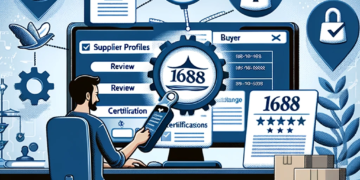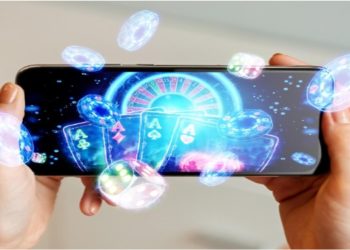Gamification has moved far beyond being a trendy buzzword. It has become an essential strategy for driving engagement, motivation, and loyalty across multiple industries. By integrating game-like mechanics into non-gaming contexts, businesses are discovering new ways to connect with audiences, enhance experiences, and encourage desired behaviors.
Gamification Beyond Entertainment
While gaming companies pioneered engagement mechanics, sectors like education, healthcare, finance, and retail now actively leverage gamification. Language learning apps use streaks and rewards to motivate students. Fitness platforms award badges for workout milestones. Even banking apps incorporate challenges and achievement levels to encourage users to save more. These tactics transform routine activities into interactive, rewarding experiences.
Why It Works
Gamification taps into fundamental aspects of human psychology. People are motivated by competition, achievement, and recognition. Incorporating elements such as points, badges, leaderboards, and challenges creates an intrinsic incentive to participate and return. Organizations using these mechanics report improved customer retention and employee engagement.
Technology as the Enabler
The spread of gamification owes much to advancements in technology and data analytics. Mobile apps, AI-driven personalization, and real-time tracking enable tailored experiences that resonate with different users. For example, marketing teams use gamified campaigns to improve customer loyalty programs, while SaaS companies embed progress tracking features directly into their platforms.
Even in industries like online entertainment, gamified systems add depth to user experiences. Platforms powered by tools such as sweepstakes casino software demonstrate how rewards, social competitions, and digital incentives keep audiences engaged and foster brand loyalty. These principles extend well beyond gaming to any business seeking deeper customer relationships.
Diverse Applications Across Sectors
In healthcare, gamification encourages healthier lifestyles through reward-based activity tracking. In the workplace, companies integrate it into training programs to boost employee participation and knowledge retention. Non-profits employ gamified donation drives to make fundraising more engaging and transparent. Each application shares a common goal: improving user involvement and delivering value through interactive experiences.
The Future of Gamification
As digital ecosystems grow, gamification will become even more sophisticated. Expect greater personalization, integration with emerging technologies like AR and VR, and seamless connections between online and offline activities. Companies that adopt gamification thoughtfully and ethically stand to benefit from stronger customer bonds and a more dynamic brand presence.
Gamification is not about turning everything into a game. It is about leveraging motivational design to make everyday experiences more engaging and meaningful. Businesses that understand its potential are already shaping the future of digital interaction across industries.
David Prior
David Prior is the editor of Today News, responsible for the overall editorial strategy. He is an NCTJ-qualified journalist with over 20 years’ experience, and is also editor of the award-winning hyperlocal news title Altrincham Today. His LinkedIn profile is here.











































































